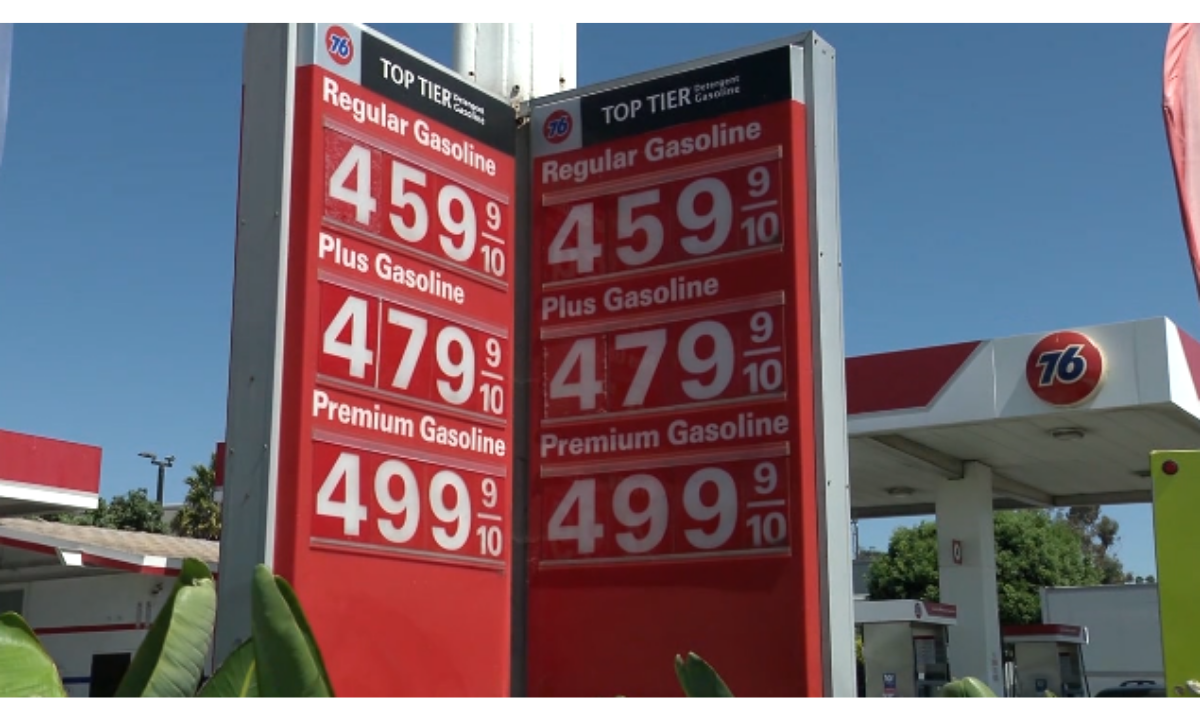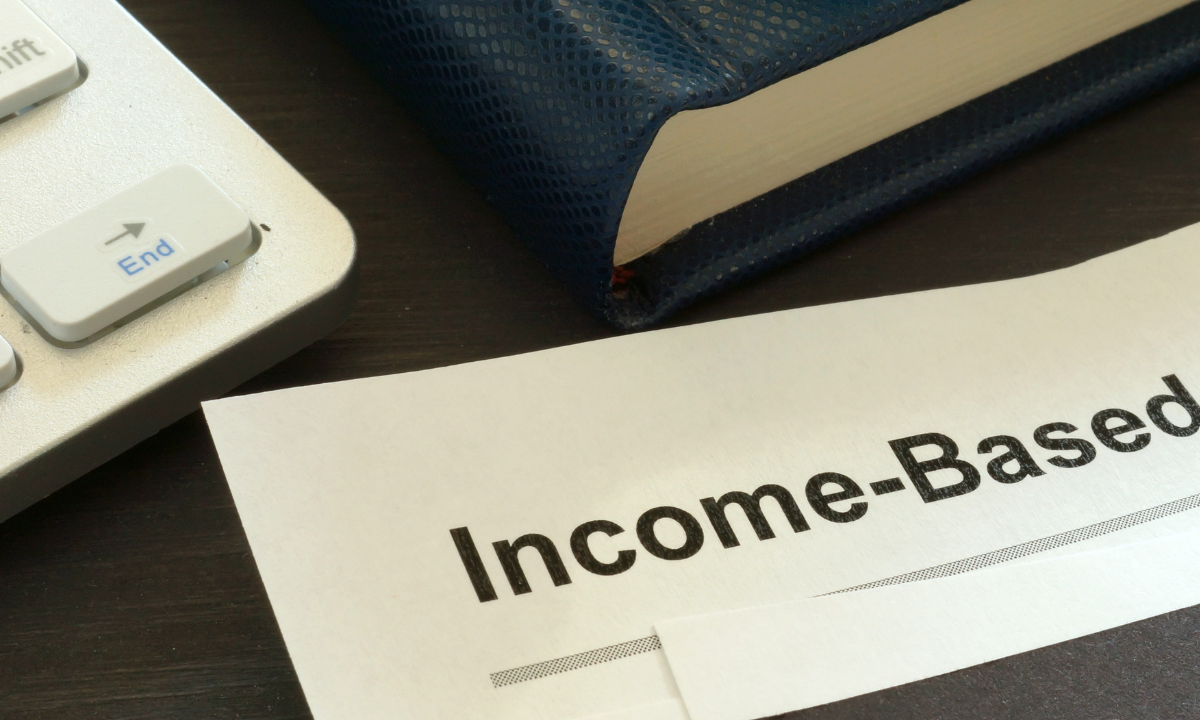Written by Amanda Angulo
We all know this: California’s gas tax is one of the highest in the nation. Just recently, late last month, we reached the top. In Gorda, on California’s central coast, the gasoline price rose past the highest in the county to $7.59 a gallon for regular and $8.50 for premium.
The average prices for gas in California are $4.60 for regular, $4.78 for mid-grade, and $4.90 for premium, according to AAA. Prices have been on the rise throughout the entire country, yet their numbers remain as low as $3.40 a gallon, on average. In San Francisco, prices passed the all time of, surpassing the previous record of $4.743 set back in 2012.
This shows that California is completely out of sync with the average gas price of the rest of the United States. However, our outstanding rise in gas prices have not been a mere coincidence.
There are many reasons and regulations that affect the direct cost in our prices. For example, the state of California has the highest tax on motor fuel in the country, at 67 cents a gallon. Illinois has the second highest rate at 60 cents a gallon, when the national average is 30 cents a gallon.
Additionally, as a result of “big-government energy policies”, drivers in California pay a 37% premium for gasoline, in comparison to the national average. If these mandates were not implemented, drivers would have saved $9.6 billion in 2020. Even policies for carbon cap-and-trade adds fuel to the fire by adding another increase of 14 cents a gallon for gas.
While carbon fuel and cap-and-trade policies are implemented, they continue to increase the cost of gas per gallon from 89 cents to $2.10.
Yet these are only the policies and regulations that are currently implemented. With Newsom’s end to oil fracking in the state of California by 2024, we will begin to rely on importing oil from other states and countries, as we will no longer be supplying for our own. This too will cause a rise in prices.
Photo Cred: KUSI




